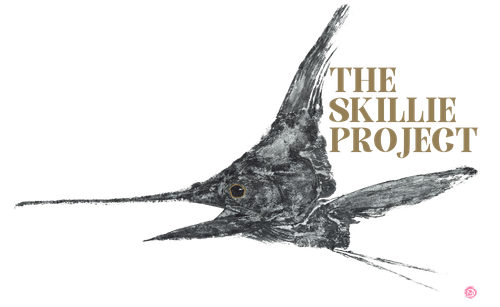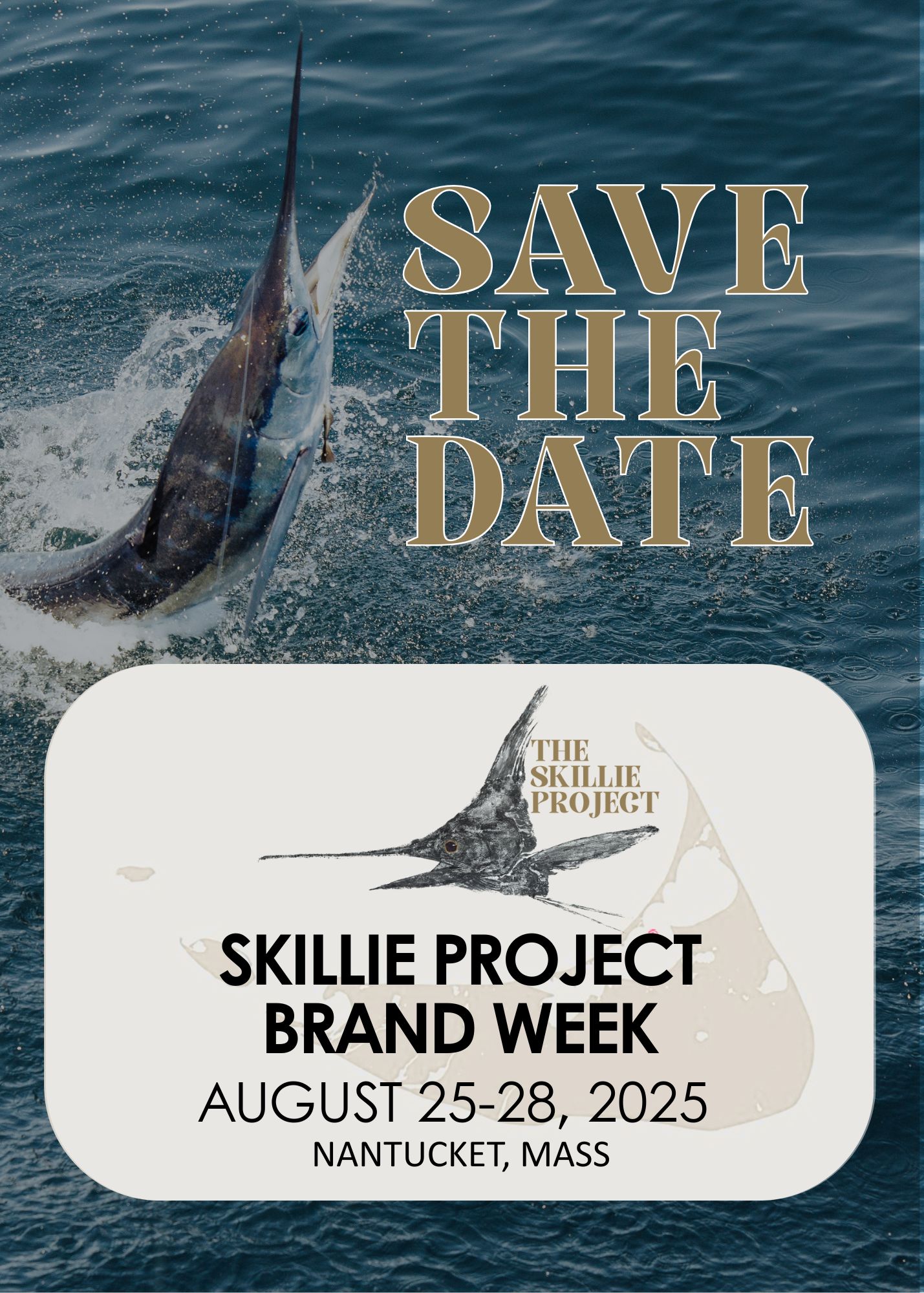Approximately six weeks a year, a white marlin (locally known as “Skillie”) population resides in the Nantucket Shoals off the coast of southeastern New England. Previously recognized as a famous swordfishery, the fishery began evolving into exclusively white marlin in the 80s. By the end of the century, anglers were experiencing record numbers of fish, but the annual return of these larger than average inshore Skillies hasn’t remained consistent.
By the end of the century, anglers were experiencing record numbers of fish, but the annual return of these larger than average inshore Skillies, found on the surface, hasn’t remained consistent. In recent years, local anglers have been taking note of what seems like a recent return of the species and have been investing their time into understanding the history of the fishery and working to protect it for the future.
A phone call to The Billfish Foundation in spring of 2024, led to the idea of a community-based, collaborative satellite tagging project, which quickly gained support from industry-leading brands and invested anglers.
In just four short months, the need for this project became increasingly evident as an impressive 17 satellite tags were donated by individuals, brands and University of Maine’s Pelagic Science Lab to support.
By mid-August, with just a few weeks left in the fishing window, tags were aboard Vikings run by Capt. John Galvin and Capt. Rob Goodwin for The Skillie Project – The Billfish Foundation’s largest white marlin satellite tagging project to date.
An already unpredictable and challenging fishery, requiring near-perfect conditions and the added challenge of deploying tags on viable candidates, the chance of tagging was slim.
Defying odds, in collaboration with UMaine and Capt. Martin Scanlan, local captains, fishery pioneers, and the greater fishing communities of southeastern New England, The Skillie Project successfully deployed five white marlin satellite tags in its inaugural year.
Findings from this research mission will help fill data gaps on this understudied highly migratory species (HMS), give us a better understanding of their migratory patterns and support effective management strategies to ensure future generations of one of Nantucket’s most-prized game fish.







